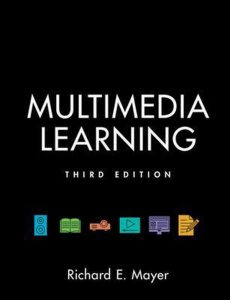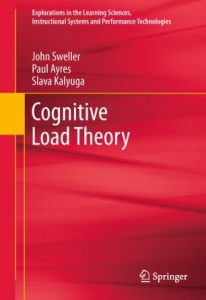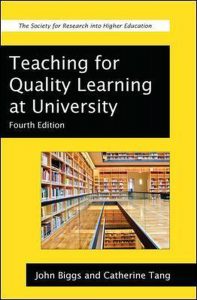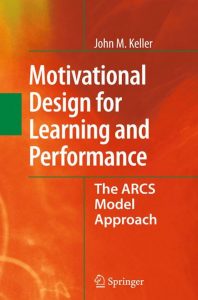The ‘four-component instructional design’ (4C/ID) model (Van Merriënboer, 2018) addresses complex learning. The four components are as follows:
- Learning tasks
- Supportive information
- Procedural information
- Part-task practice
Any learning task should be designed based on a whole authentic real-life task. The difference in learning tasks provided for first-year versus last-year courses lies in their complexity and the support students receive. Another important aspect of the theory is the distinction between supportive information (the theory behind whole-task) and procedural information ('how to' information relevant for recurrent aspects of tasks). To achieve all the intended learning outcomes of the laboratory classes, students should enter the laboratory well-prepared. This can best be achieved by studying supportive information since processing supportive information often requires a lot of processing in the working memory (hence increasing the risk of cognitive overload, should this be done during the laboratory class). On the other hand, processing procedural information requires less cognitive processing. Therefore, this kind of information can best be presented ‘just in time’.
In line with the 4C/ID model, LabBuddy’s e-learning solution supports students in preparing for practical work beforehand so that they have already processed a lot of supportive information before entering the practical class. The e-learning tool will provide students with just-in-time information during practical work, hence taking away many potential low-level questions that students could ask (e.g., where can I find …). LabBuddy supports teachers to create meaningful learning experiences during practical education.
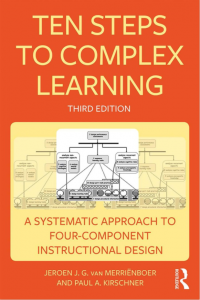
References
Biggs, J. and Tang, C. (2011). Teaching for Quality Learning at University. New York, NY: McGraw-Hill Education.
Clark, R.C. and Mayer, R.E. (2016). E-learning and the science of instruction: Proven guidelines for consumers and designers of multimedia learning. Hoboken: NJ: John Wiley & Sons.
Keller, J.M. (1987). “Development and use of the ARCS model of instructional design”. Journal of Instructional Development 10, 2-10. DOI: https://doi.org/10.1007/bf02905780.
Mayer, R.E. (2009). Multimedia learning. New York, NY: Cambridge University Press.
Sweller, J. (1994). “Cognitive load theory, learning difficulty, and instructional design”. Learning and instruction 4, 295-312. DOI: https://doi.org/10.1016/0959-4752(94)90003-5.
Van der Kolk, J. (2013). “Design of an electronic performance support system for food chemistry laboratory classes”. Thesis.
Van Merriënboer, J.J.G. and Kirschner, P.A. (2018). Ten steps to complex learning: A systematic approach to four-component instructional design. 2nd ed. New York, NY: Routledge.
Verstege, S. (2021). “Design of virtual experiment environments”. Thesis.


